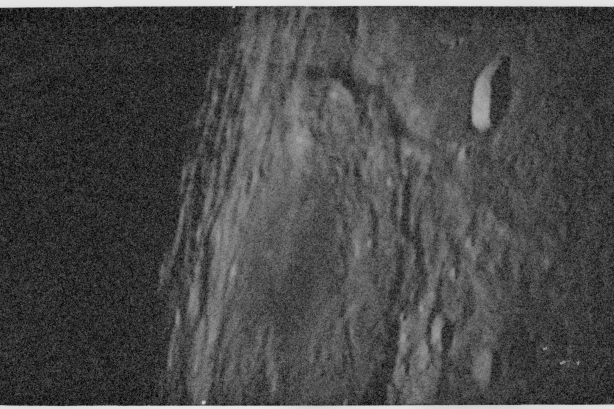Riccioli (crater) on:
[Wikipedia]
[Google]
[Amazon]

 Riccioli is a
Riccioli is a
Riccioli Crater: Cracked, Melted, and Draped
LROC, Posted by Jim Bell on February 4, 2010. Impact craters on the Moon

 Riccioli is a
Riccioli is a lunar
Lunar most commonly means "of or relating to the Moon".
Lunar may also refer to:
Arts and entertainment
* ''Lunar'' (series), a series of video games
* "Lunar" (song), by David Guetta
* "Lunar", a song by Priestess from the 2009 album ''Prior t ...
impact crater
An impact crater is a depression (geology), depression in the surface of a solid astronomical body formed by the hypervelocity impact event, impact of a smaller object. In contrast to volcanic craters, which result from explosion or internal c ...
located near the western limb of the Moon
The Moon is Earth's only natural satellite. It Orbit of the Moon, orbits around Earth at Lunar distance, an average distance of (; about 30 times Earth diameter, Earth's diameter). The Moon rotation, rotates, with a rotation period (lunar ...
. It lies just to the northwest of a larger crater, Grimaldi. To the southwest are the craters Hartwig and Schlüter that lie on the northeastern edge of Montes Cordillera, a ring-shaped range that surrounds Mare Orientale
Mare Orientale (Latin ''orientāle'', the "eastern sea") is a lunar mare. It is located on the western border of the near side and far side of the Moon, and is difficult to see from an Earthbound perspective. Images from spacecraft have revea ...
. Due to its location, Riccioli appears strongly foreshortened from the earth and is viewed almost from the side.
Riccioli is older than the Orientale basin to the southwest because the ejecta
Ejecta (; ) are particles ejected from an area. In volcanology, in particular, the term refers to particles including pyroclastic rock, pyroclastic materials (tephra) that came out of a explosive eruption, volcanic explosion and magma eruption v ...
from the impact that created the Orientale basin overlies the crater. This debris lies in ridges that regionally trend northeast–southwest, but trend in a direction parallel to Riccioli's northeast wall in that part of the crater. A system of rille
Rille (German for 'groove') is typically used to describe any of the long, narrow depressions in the surface of the Moon that resemble channels. The Latin term is ''rima'', plural ''rimae''. Typically, a rille can be several kilometers w ...
s named the Rimae Riccioli lies across the interior, and crosscut the ejecta ridges. In the northern half of the interior, the dark covering of lava
Lava is molten or partially molten rock (magma) that has been expelled from the interior of a terrestrial planet (such as Earth) or a Natural satellite, moon onto its surface. Lava may be erupted at a volcano or through a Fissure vent, fractu ...
that resurfaced the floor is visible, and covers some of the ejecta ridges and floods some of the rilles.
The crater is named after Giovanni Battista Riccioli
Giovanni Battista Riccioli (17 April 1598 – 25 June 1671) was an Italian astronomer and a Catholic priest in the Jesuit order. He is known, among other things, for his experiments with pendulums and with falling bodies, for his discussion of ...
, an Italian Jesuit
The Society of Jesus (; abbreviation: S.J. or SJ), also known as the Jesuit Order or the Jesuits ( ; ), is a religious order (Catholic), religious order of clerics regular of pontifical right for men in the Catholic Church headquartered in Rom ...
astronomer who introduced the system of lunar nomenclature that is still in use today. He was also the first person to measure the rate of acceleration of a freely-falling body.
Satellite craters
By convention these features are identified on lunar maps by placing the letter on the side of the crater midpoint that is closest to Riccioli.References
* * * * * * * * * * * * {{refendExternal links
Riccioli Crater: Cracked, Melted, and Draped
LROC, Posted by Jim Bell on February 4, 2010. Impact craters on the Moon